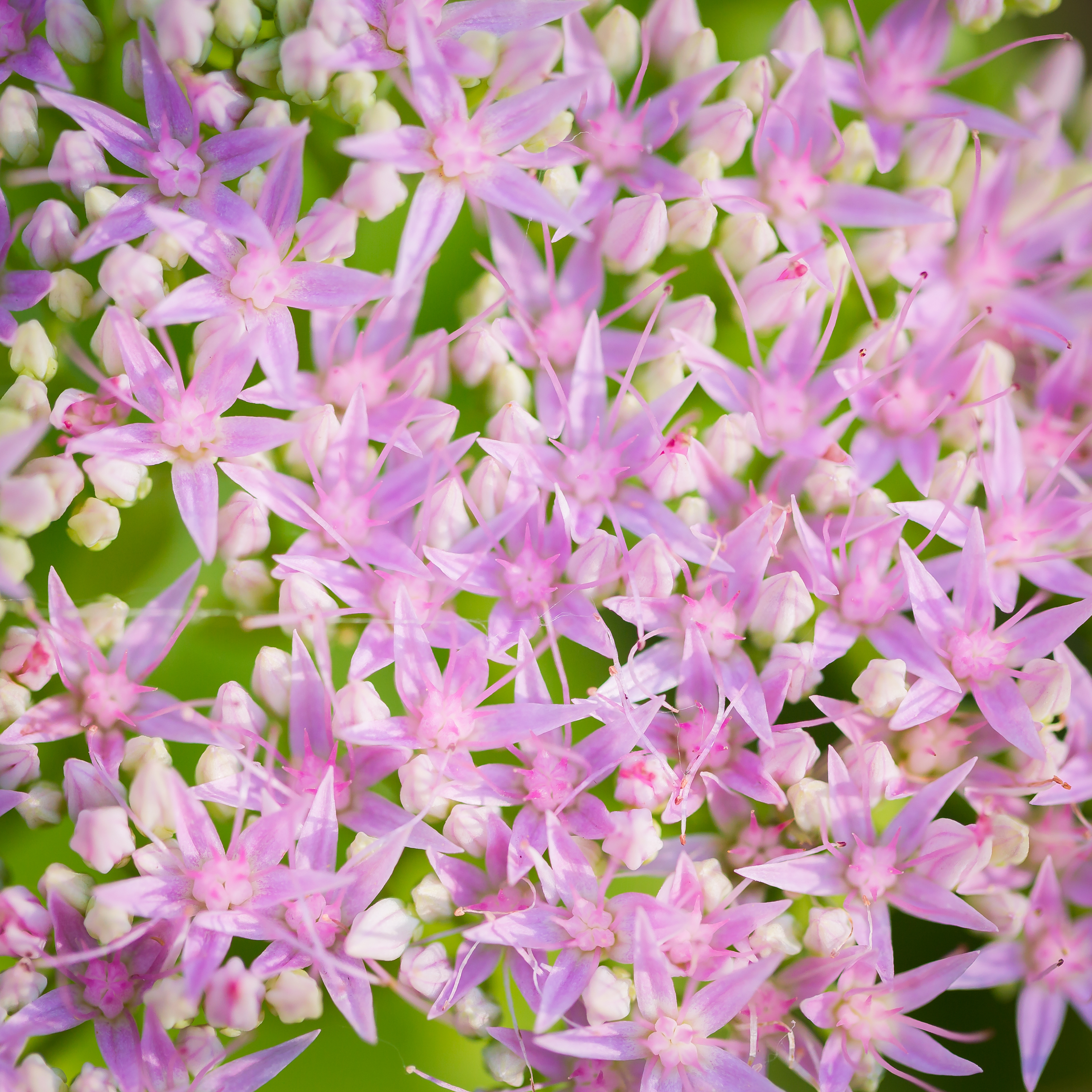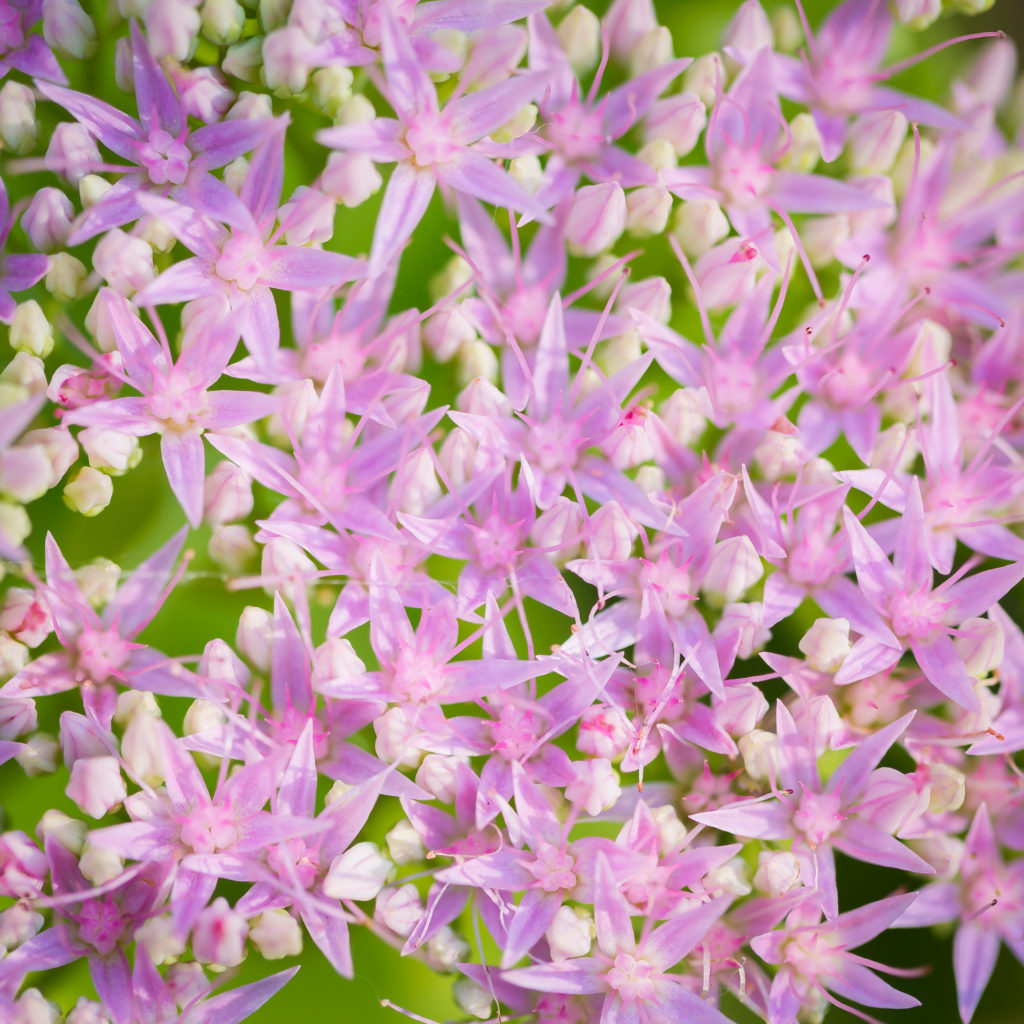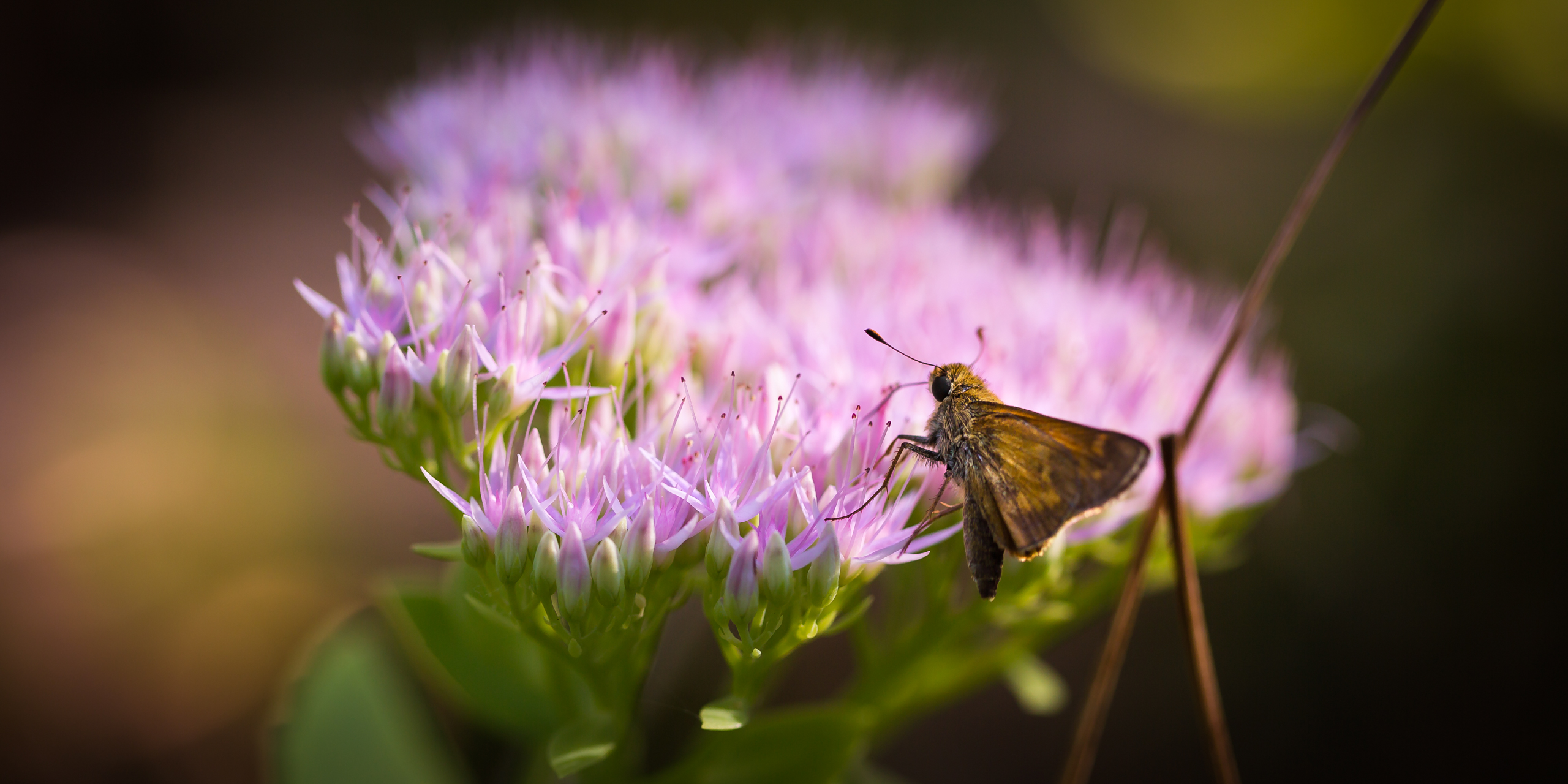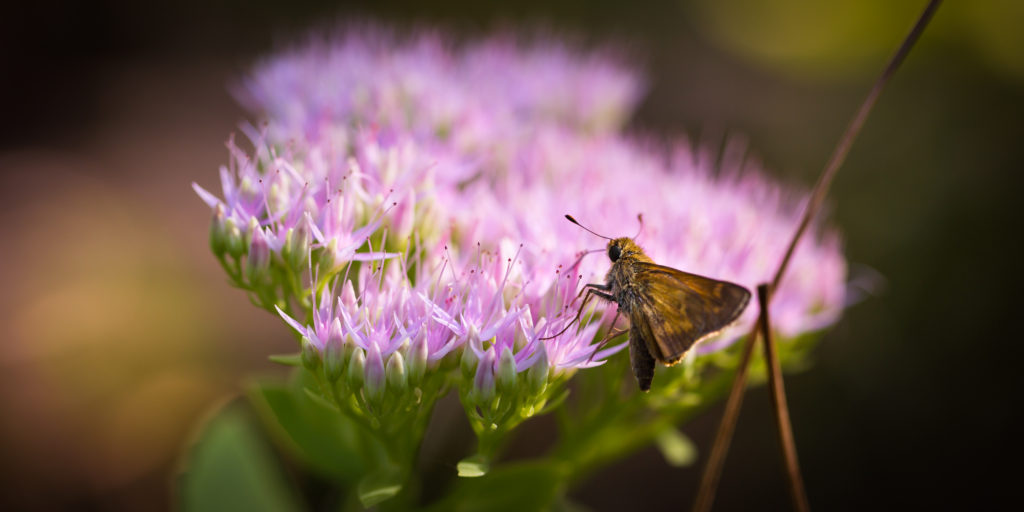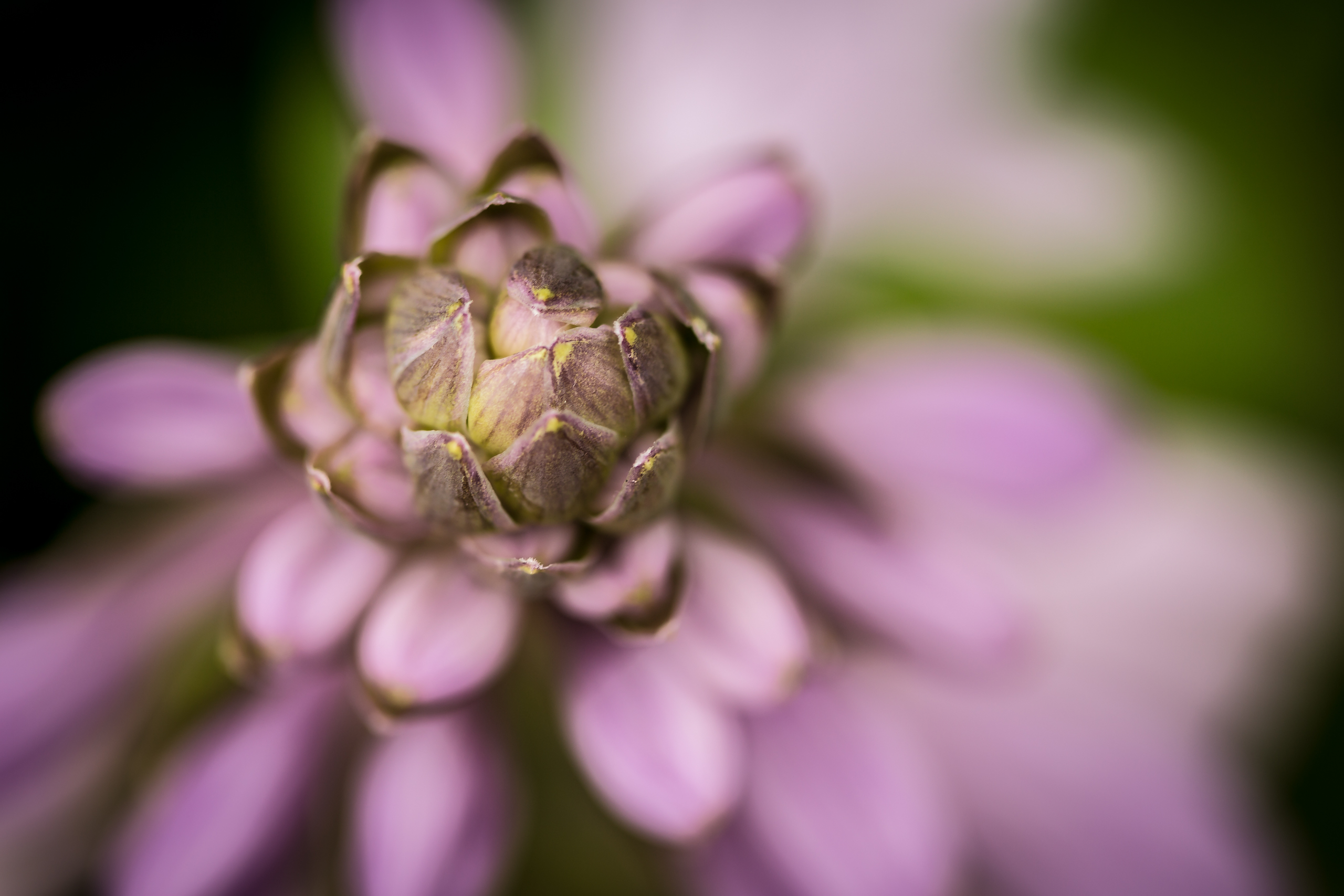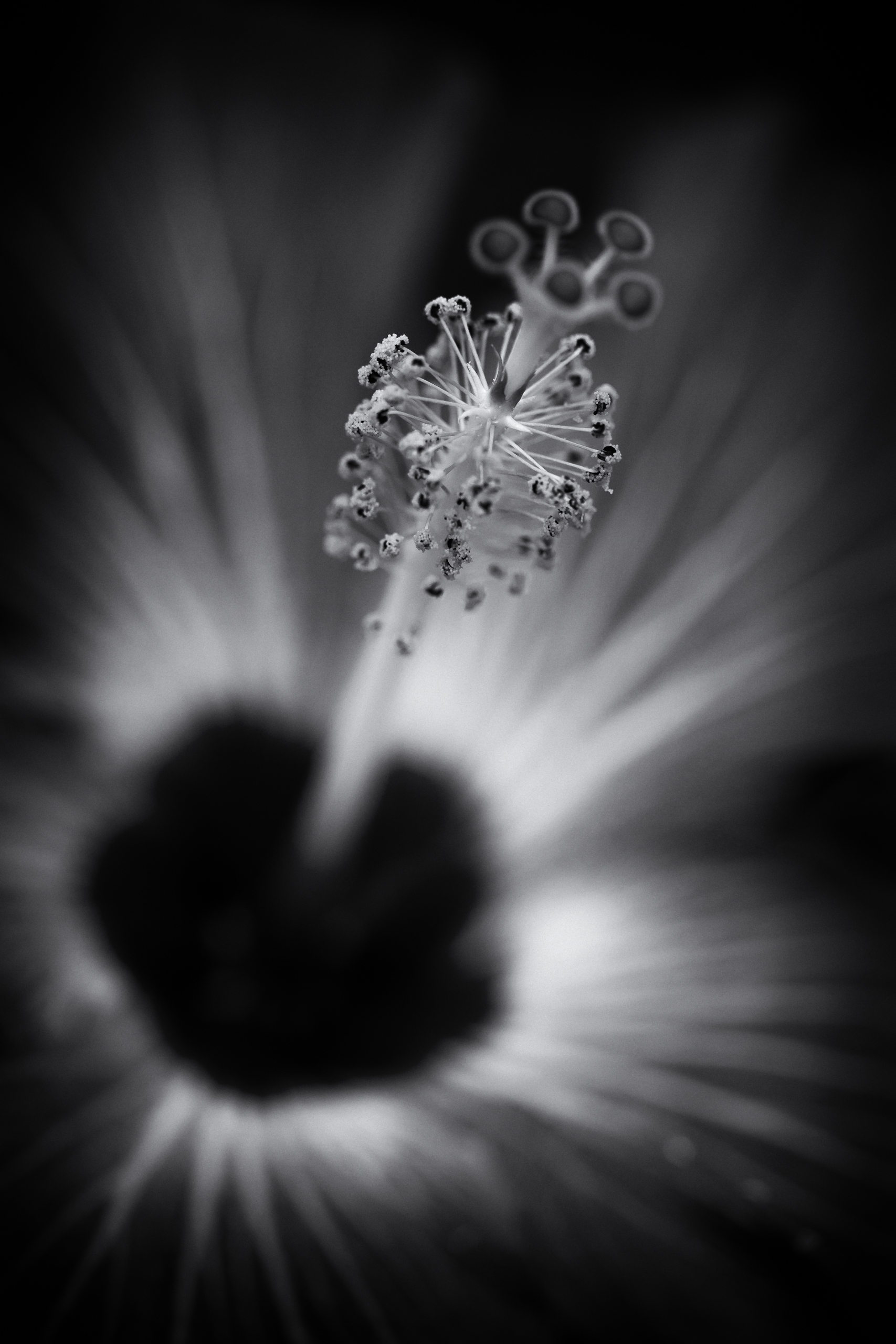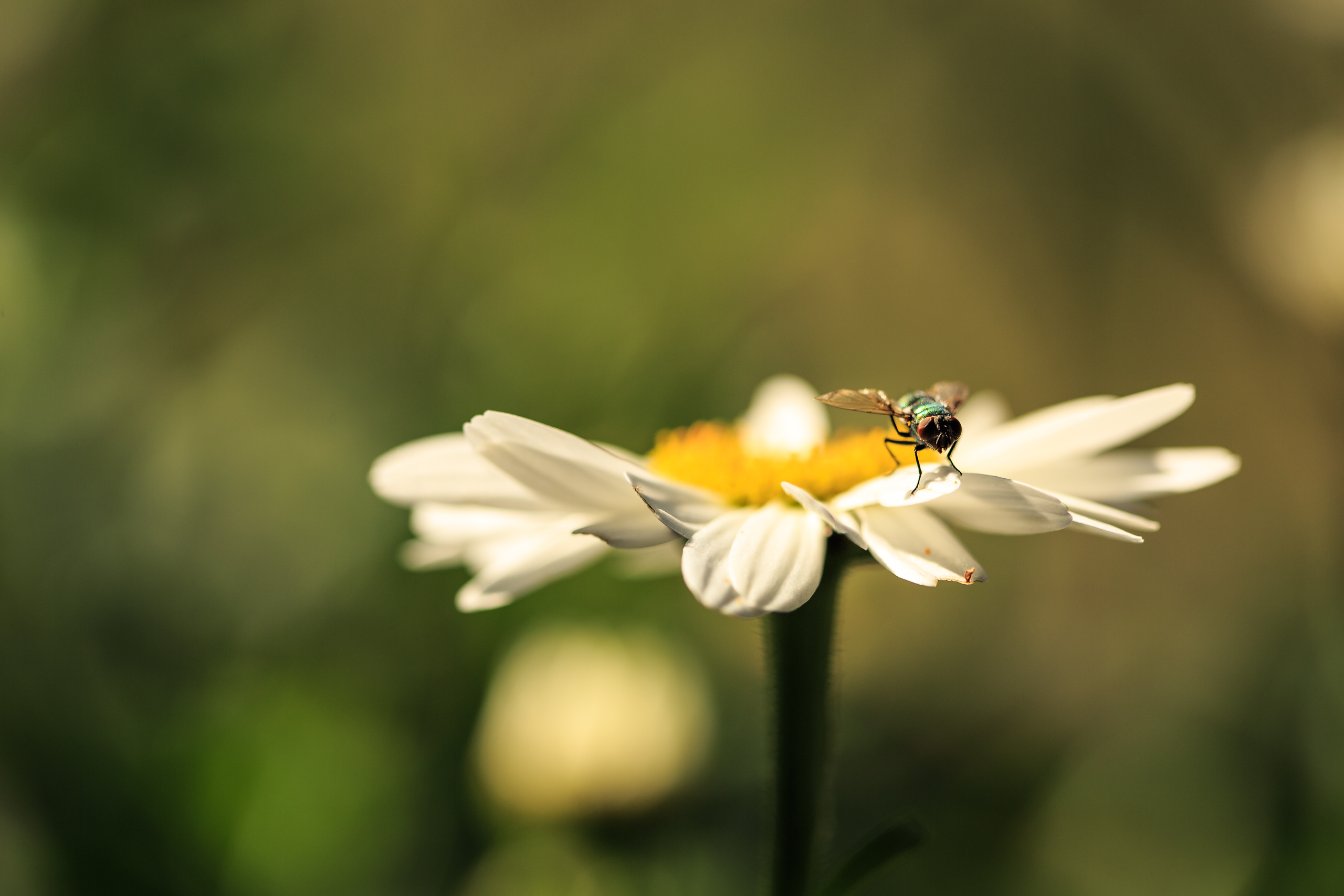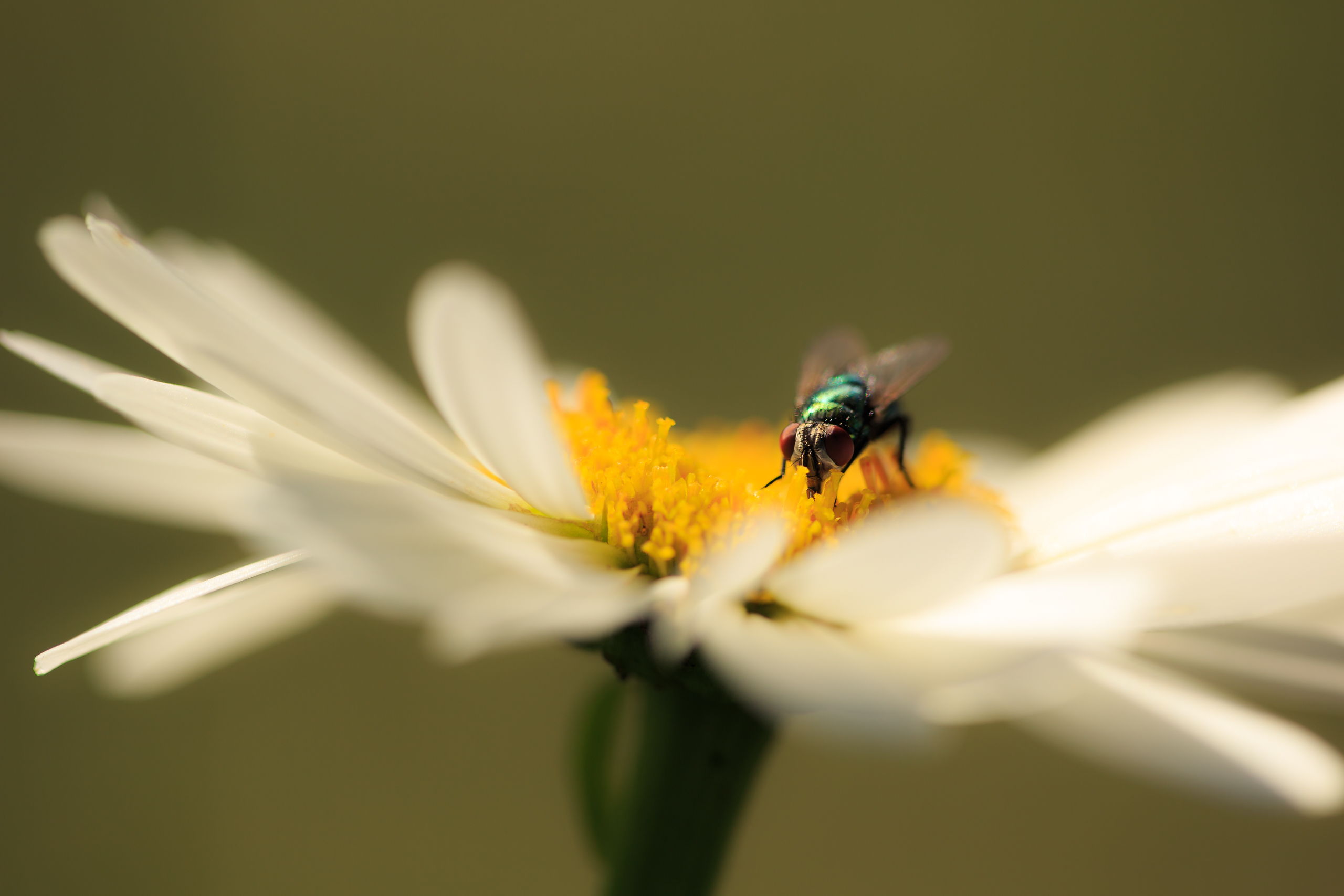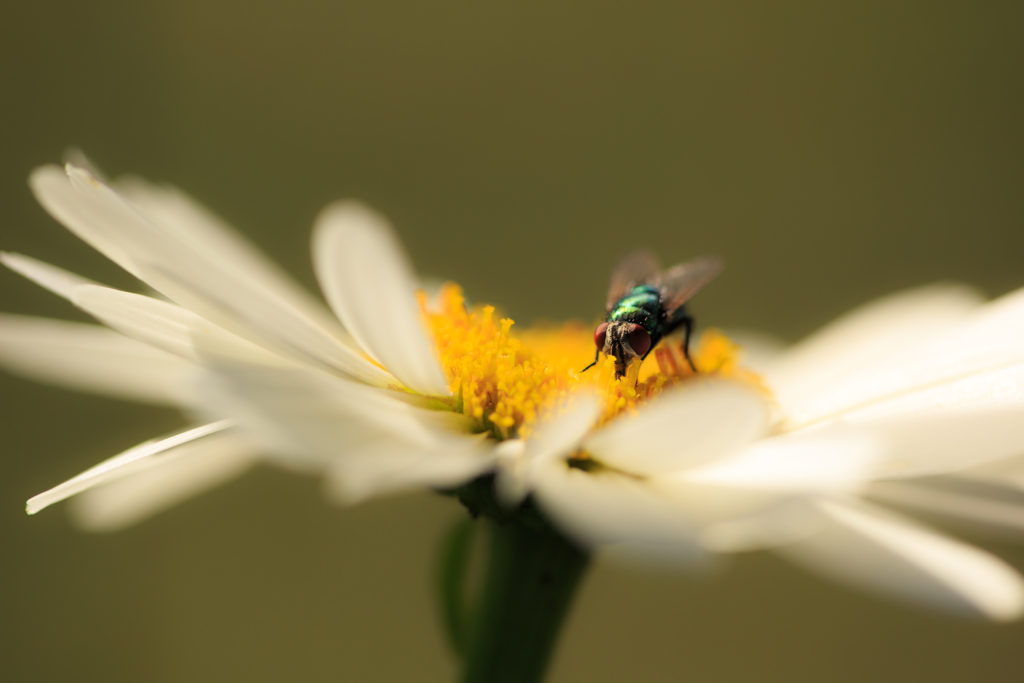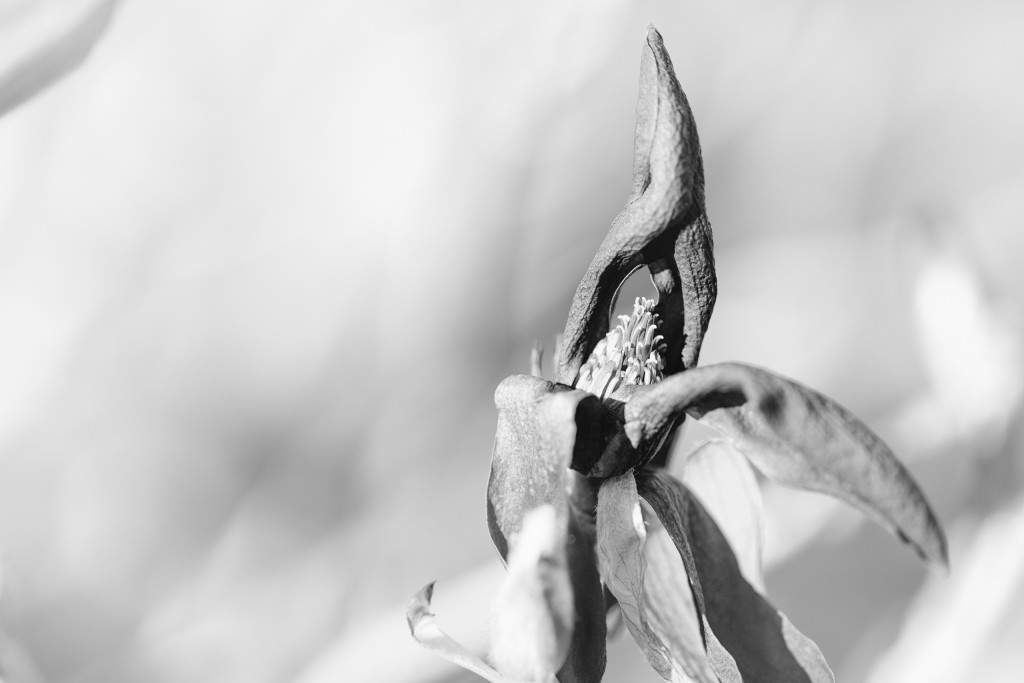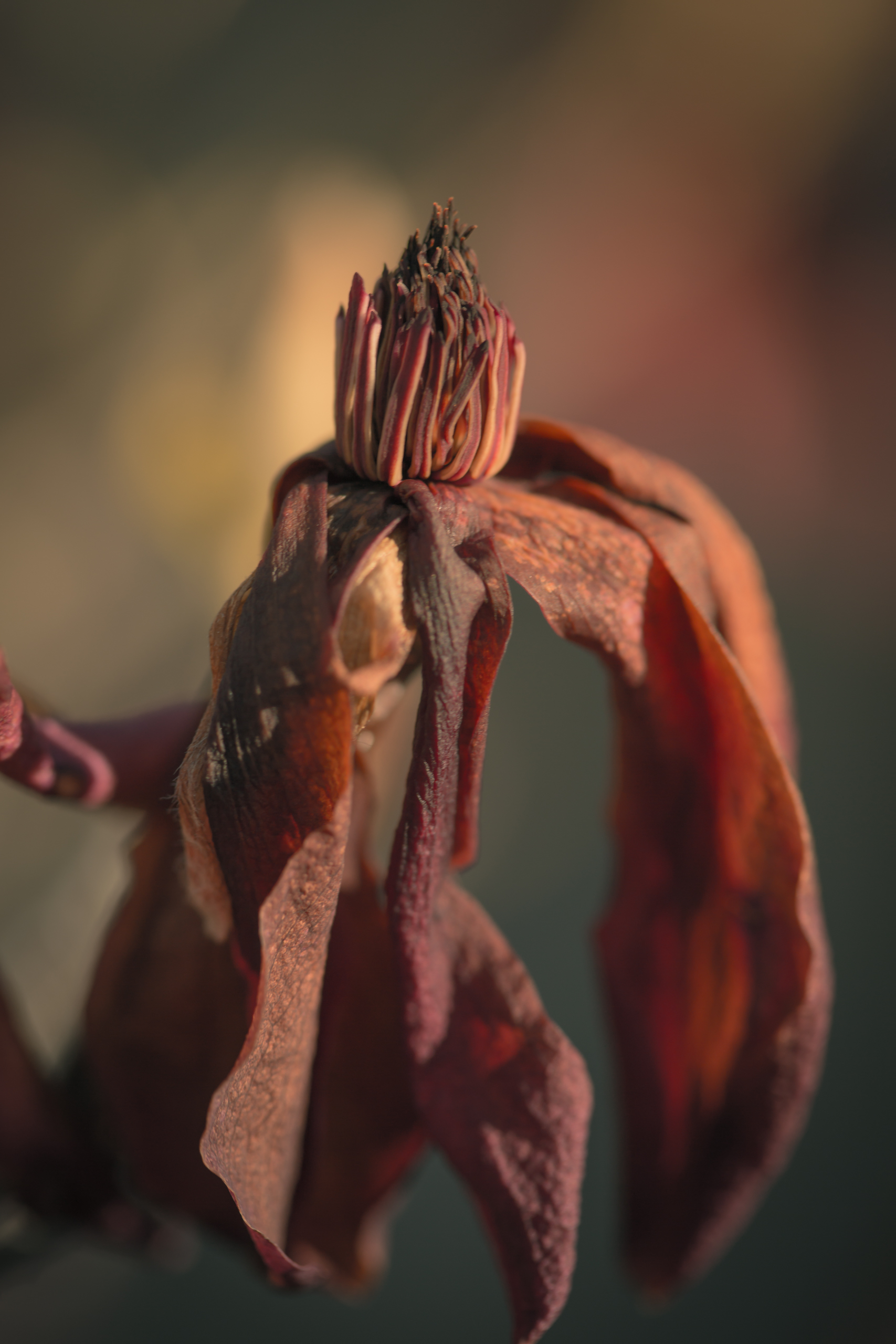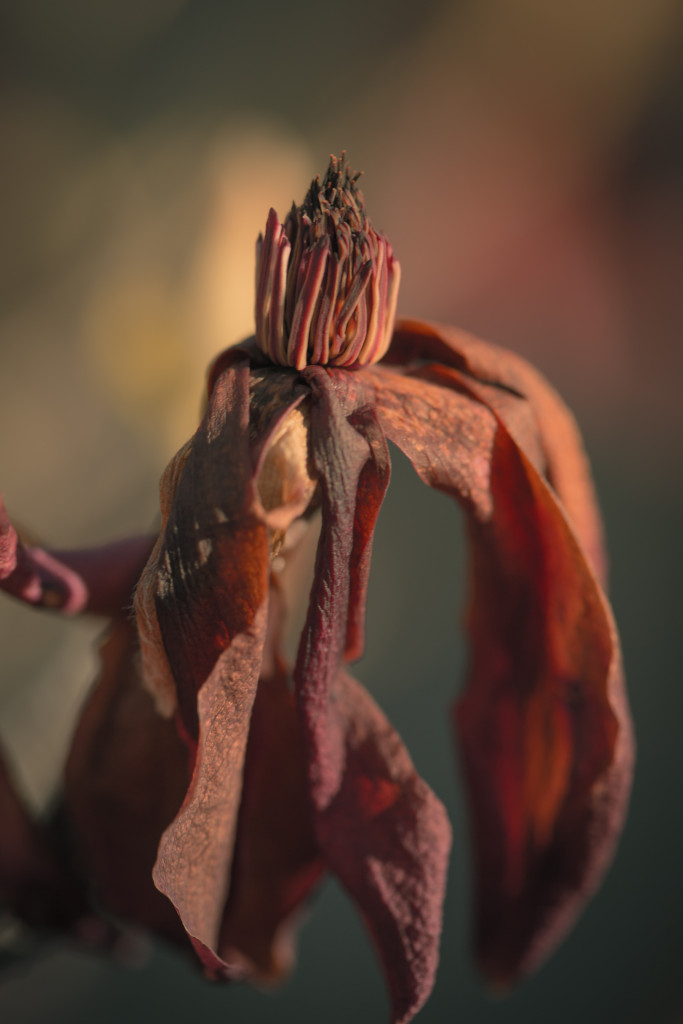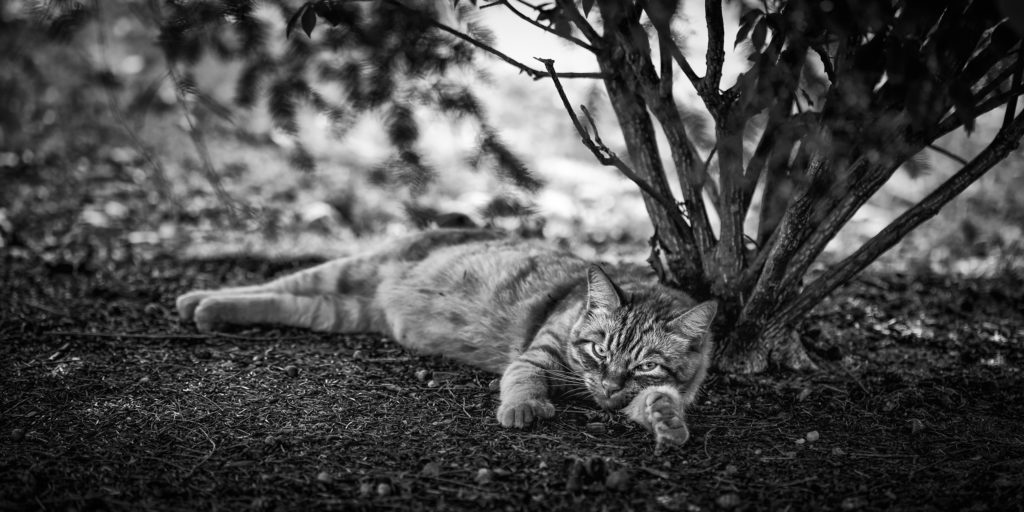
Is #caturday still a thing? The hashtag phenomenon calling all cat people to all things cars on Saturday—you know a caturday? My yard calls to suburban furry creatures as an animated thicket beckons would be Disney characters to newborn prince. Ample cover, low level shrubs, plants, and flowers provide optimal feeding grounds for all kinds of neighborhood fauna. Birds, chipmunks, squirrels, raccoons, possum, and cats make themselves at home on the stomping grounds of my modest lot. Cats especially. Their hunting and lounging must be ideal as they loiter around my house daily. Having zero pets indoors, aside from some unwanted house spiders , it’s nice to see lively bustling about my lawn.
I’m pretty sure the orange tabby cat photographed above belongs to one of my neighbors—he/she is in possession of a collar—but whose exactly? I am not sure. This guy likes to flop at the end of my driveway, butted up against the house close to where the chipmunks nest, only to leave as soon as I pull in to the drive and pop out the car. I’ll get a skeptical glance at the business end of about two seconds of serious eye contact as the cat scoots off on its way. A few weeks back while photographing some sedum, I found the cat brooding underneath a bush on the edge of my property. Mr. Cat unexpectedly decided to stay put allowing me to lay on the ground to make a few photographs featuring its nonplussed feline visage. This photograph reveals nicely the seriousness in its eyes—a driving uncertainty of mistrust dominating an urge to open up. The paw reaching forward further explains the narrative of this dichotomy. So Mr. Cat, while you are not mine you are more than welcome to my yard any time. (Not that you cared for my permission to begin with.)
Interested in buying? Purchase

